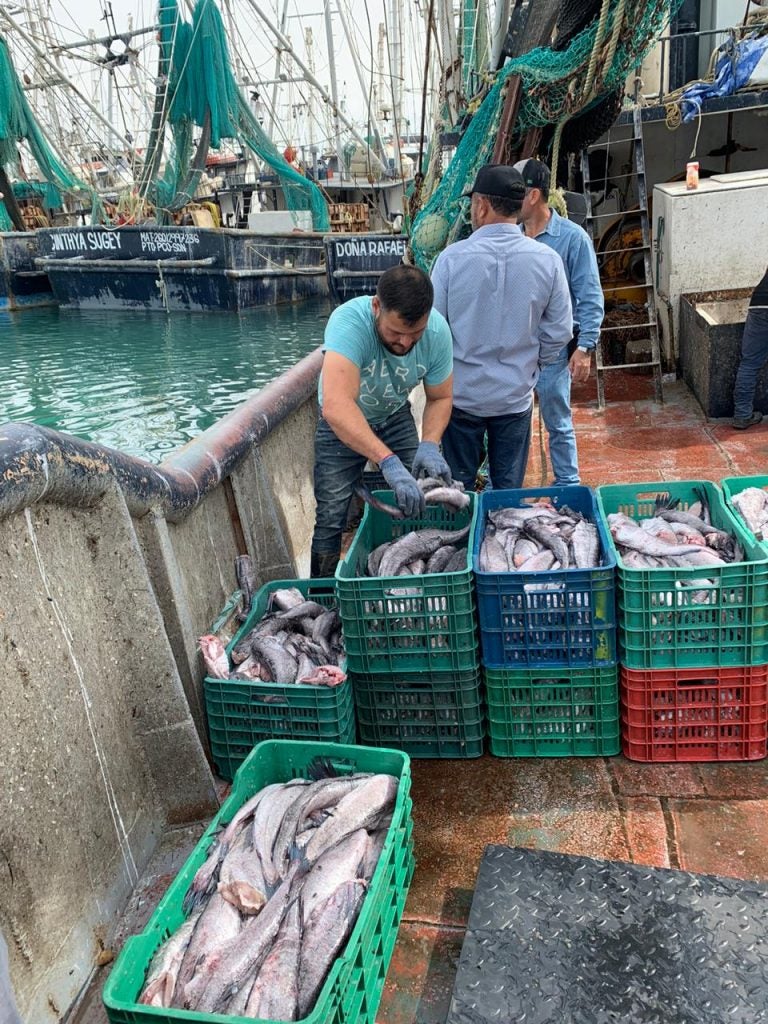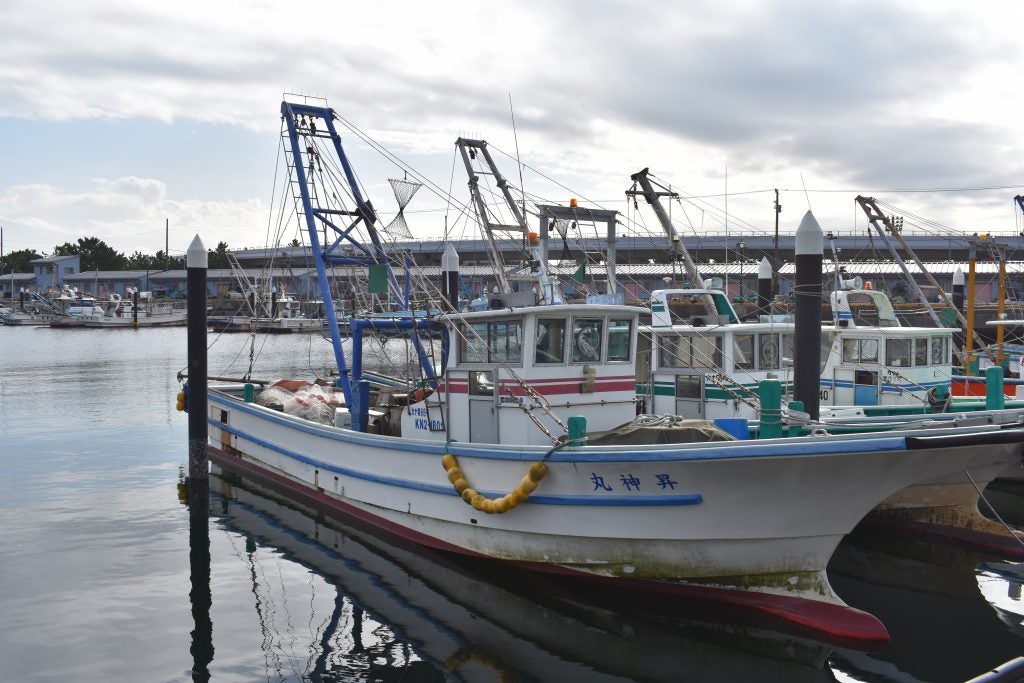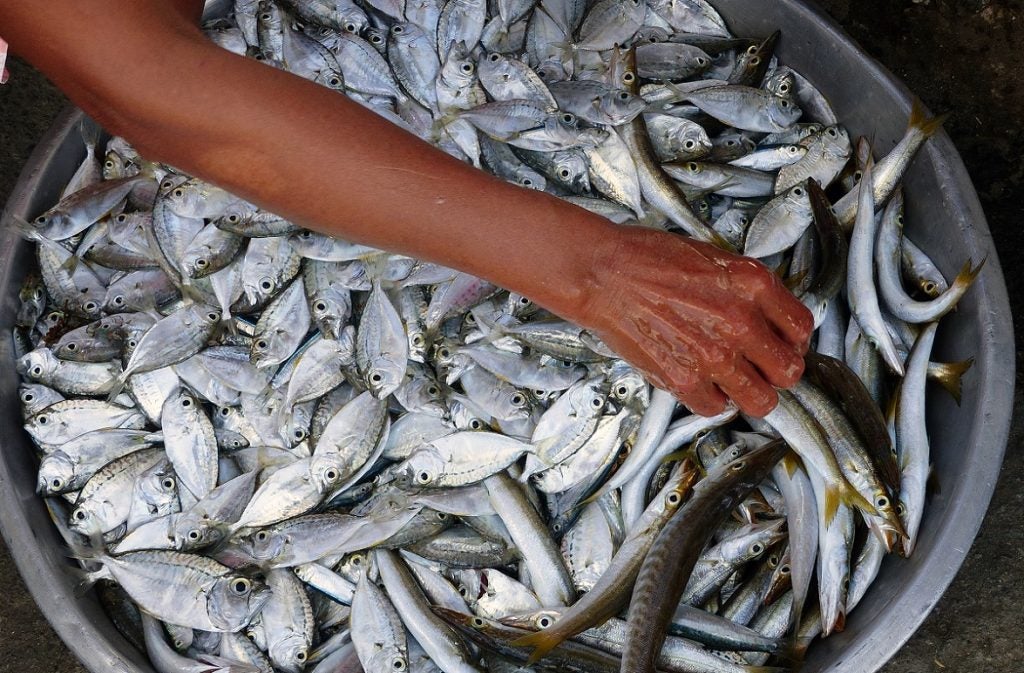With a record drought depleting rivers and reservoirs, wildfires burning across the Western U.S., historic floods in Germany and China, landslides in Japan, and my own notoriously wet and dreary hometown of Portland, Oregon hitting 115 degrees recently, it’s hard to avoid thinking about climate change. But while the terrestrial impacts are wide-ranging and obvious, impacts to our oceans — no less disruptive — are generally less visible. Yet, healthy oceans are critical for sustainable fisheries and other vital ecosystem services. Fisheries provide jobs for hundreds of millions of people globally, and billions rely on seafood as an important source of protein and micronutrients.
EDFish
Selected tag(s): sustainability
Deepening scientific understanding and international collaboration to enhance climate resilience
Engaging Small-Scale Fishers in the U.N. Food Systems Summit
For nearly a decade, I’ve worked on sustainable fisheries management, traveling to small-scale fishing communities around the world to learn how best to build the capacity of local fishers, scientists and managers to ensure the sustainability of their fisheries. From Mexico to Myanmar, I’ve worked with communities to help them reach their goals so they are not catching too many fish and helping them select gears and fishing areas to ensure their fisheries aren’t damaging key habitats. Read More
Computer-assisted monitoring technologies are set to revolutionize fisheries

By Melissa Mahoney and Shems Jud
With fisheries providing livelihoods, income and nutrition for hundreds of millions of people around the world, finding ways to preserve them is always essential. Yet in many countries, fisheries management hasn’t caught up with the digital world we live in today. Electronic fisheries monitoring and other applications of cutting-edge technology could revolutionize this industry — and it’s an exciting new frontier. Read More
Digital tools can make Mexican fisheries more sustainable — and profitable
 By Berenice García and Rafael Ortiz
By Berenice García and Rafael Ortiz
Digital technology can be a powerful ally to sustainable fishing. Diverse experiences around the world have shown it can improve fisheries management — sustainably and cost-effectively.
In the Mexican fishing sector, these technologies are still in a developmental and exploratory stage, yet the experience for Mexican hake producers in the Gulf of California is already showing promising results for both fishers and the environment. Read More
Catch Shares: Harvesting Sustainable Catches
Originally published on November 18, 2013 on the Oceans Health Index Website
Introduction
Written by Steven Katona, Managing Director, Ocean Health Index
Maximizing sustainable food production from the ocean by harvest of wild fish stocks and production of farmed species by mariculture is one of the 10 goals evaluated by the Ocean Health Index, and it is especially closely watched because it is so critical for the future.
Three billion people out of today’s world population of 7.1 billion people depend on seafood for their daily protein and fish contribute a greater proportion of protein to the average diet than poultry. A single serving of fish or shellfish (150 g) provides 60% of a person’s daily protein requirement, but the ocean’s continued ability to meet that need is in doubt. Our population is rising steadily and will reach about 8 billion by 2024 and 9 billion by 2040, but the annual catch from wild ocean fisheries has stayed at about 80 million metric tons since about 1990 despite increased effort. The reason is that too many stocks are overfished and too much productivity is sacrificed as bycatch, illegal and unregulated catch and as a result of habitat loss caused by destructive fishing practices.
Yet without increased wild harvest and augmented mariculture production, the risk of malnutrition will increase for hundreds of millions of people, because the catch will have to be shared by so many more mouths. Read More
Setting aside space provides room for innovation
 By Sarah Poon
By Sarah Poon
Territorial Use Rights for Fishing, or TURFs, have been in place for centuries in fishing communities around the world. In a TURF, fishery participants have a secure, exclusive privilege to fish in a defined area. Many fishery policy experts view TURFs and catch share programs as separate options for managing fisheries. TURFs are a type of catch share, since the area-based privileges assigned under a TURF provide the same rewards for stewardship as quota-based privileges.
In recent decades fishery managers have channeled the historical successes of this approach by formally recognizing customary TURFs, applying them to more fisheries and experimenting with modern adaptations.
Community-based territorial rights that have existed for centuries are now formally recognized by national law in Fiji, Vanuatu, Papua New Guinea, Samoa, the Solomon Islands and Palau. Empowered by national law promoting traditional community-based management, the Safata District of Samoa implemented a district-wide TURF in 2000. Bylaws developed by the community manage members’ fishing efforts and limit outsiders’ access. Safata’s leaders have further improved biological performance by establishing a network of no-take reserves. With a formalized role in management, the district has received strong community support, high regulatory compliance and increased abundance for important species.
TURF systems have been used in different types of fisheries, but they are particularly well-suited for managing near shore fisheries where there is a clear spatial range of fishing activity. While these systems are ideal for less mobile species that don’t move beyond TURF boundaries, they can also be designed for more mobile species. Read More











